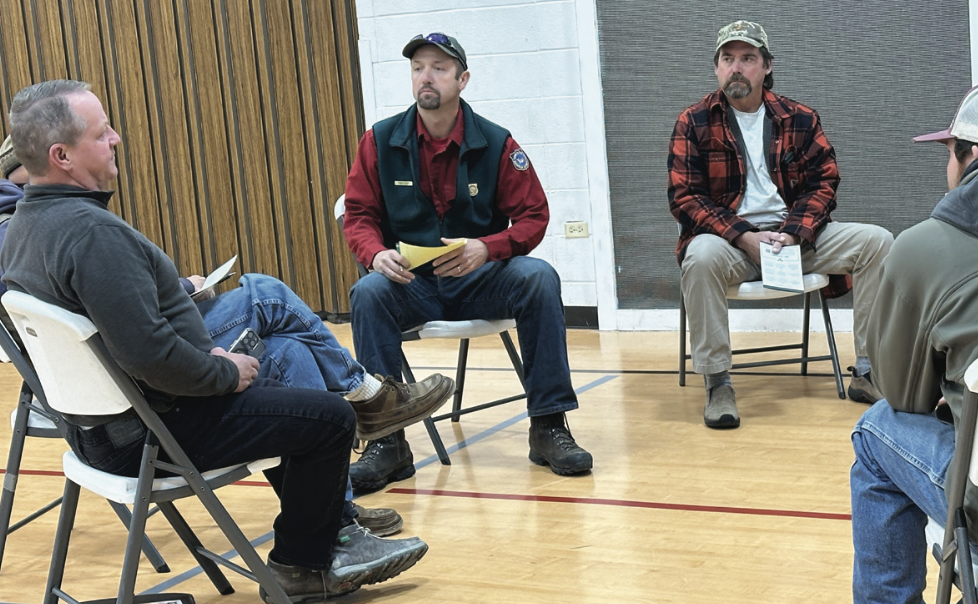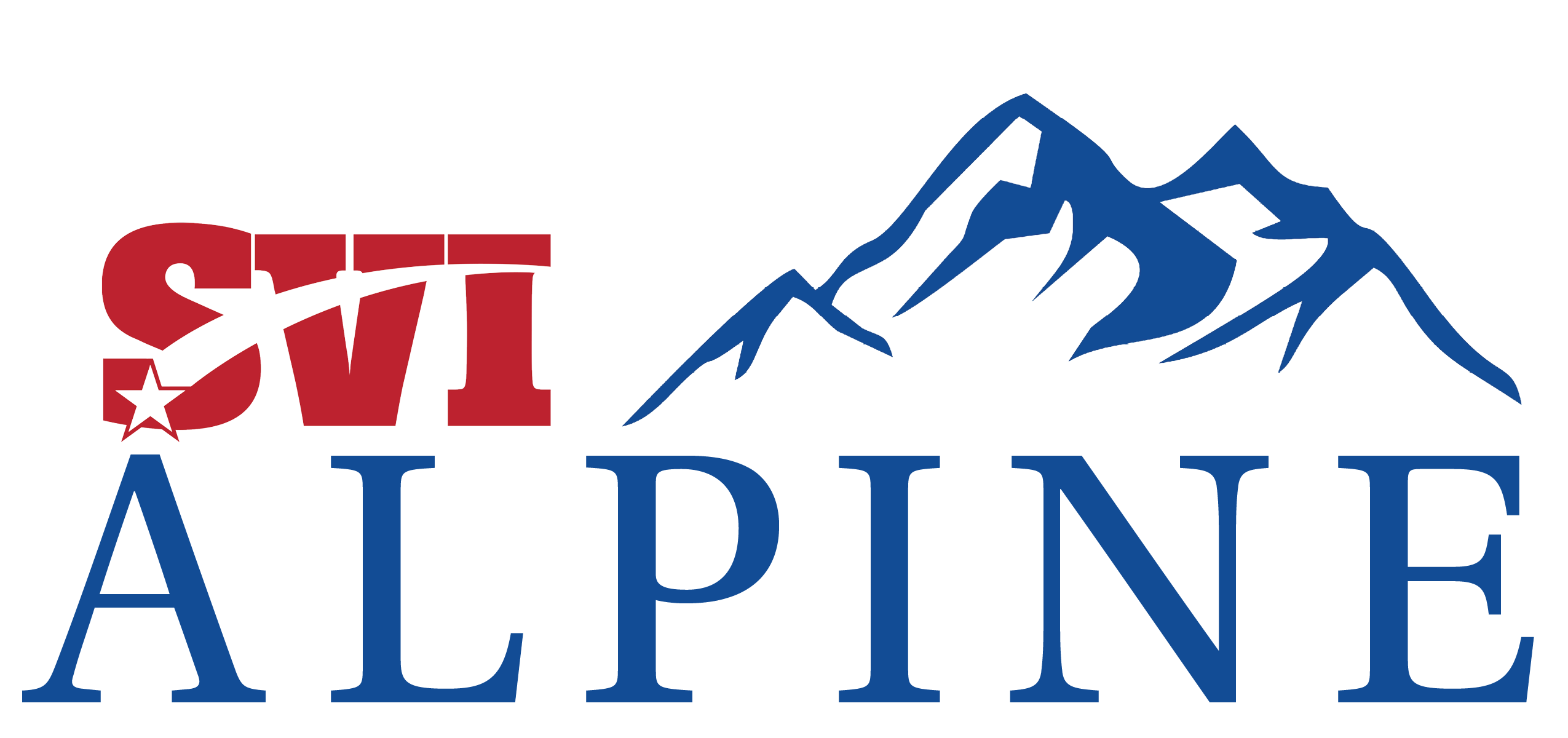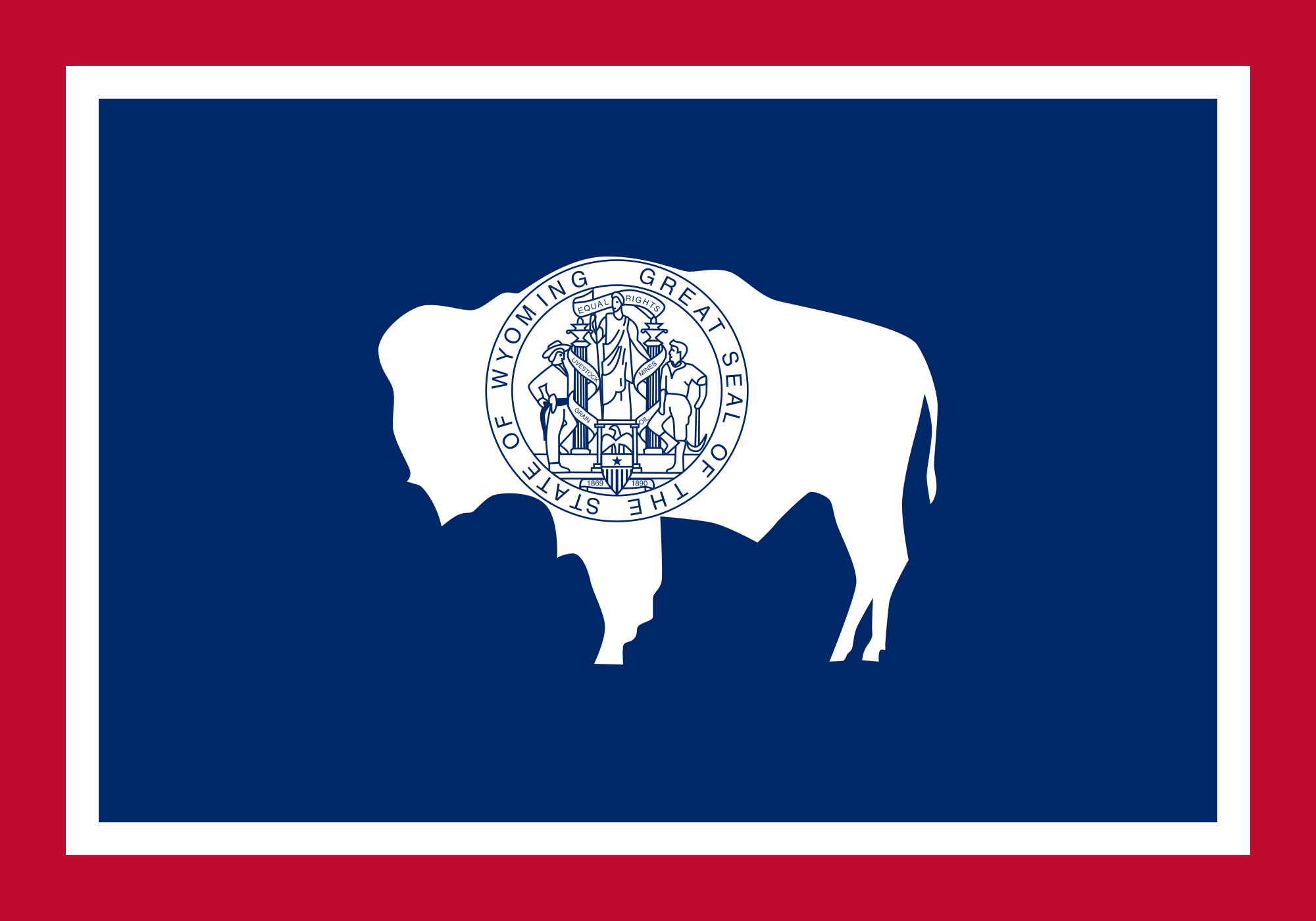Mule Deer conversations with the Wyoming G&F come to SV
By Dan Dockstader
November 23, 2024

Representative-elect McKay Erickson listens and offers comment at a Wyoming Game and Fish meeting in Thayne on November 18, 2024, focused on the state’s mule deer herds. SVI PHOTO/DAN DOCKSTADER
• Additional meetings planned for Jackson, Cokeville and Kemmerer.
At least one of several conversational working groups showed an interest in the topics of hunter/deer ratio counts, youth hunting, predator problems and new technical equipment.
They were part of a Wyoming Game and Fish Department public session on mule deer.
This time the meeting was set up in a conversational format with nearly 30 people breaking up in to small groups to have an open discussions on Wyoming’s mule deer herds.
A telephone interview with Star Valley based Game and Fish Biologist Gary Fralick Tuesday morning centered on the reports coming from the specific group he was working with at the meeting in the Thayne Community Center.
A repetitive concern sought information on the number of deer related to the number of hunters. Fralick advised that ratio will be better understood after harvest counts are reviewed at the end of the year.
Fralick also said in his small group discussion there was support to lift restrictions on youth hunters as it relates to bagging larger bucks.
He said they should be allowed to harvest the larger game rather than yearlings or spikes as limited now by regulation and age of the hunter.
Fralick advised there is new interest for restrictions on technology such as long-range scopes for the hunt and one suggestion called for consideration of open-site hunts.
Additional concerns noted the number of deer lost to predators such as mountain lions and bears.
Additional conversational based meetings are planned for the following locations in December.
• A Jackson meeting will be held Monday, Dec. 2 at 5:30 p.m. in the Teton County Library.
• The Kemmerer meeting will be held from 6 to 8 p.m. Monday, Dec. 16 in the Best Western Conference Room.
• The Cokeville meeting is Tuesday, Dec. 17, from 6 to 8 p.m. in the Cokeville Town Hall.
In an interview with SVI Media leading up to the Star Valley meeting Fralick advised, “Mule deer are an iconic species, and concern over declining populations is shared by virtually every major stakeholder group in Wyoming.”
He continued, “We are hosting community conversations to provide the public an opportunity to understand what Game and Fish is doing to conserve mule deer and to ask questions or provide comments regarding mule deer management.”
Fralick noted the meetings offer an opportunity to meet directly with the Game and Fish staff. “These meetings will provide an additional opportunity for the public to meet face to face with field personnel and to have focused discussions about mule deer in their backyard,” he said. “This engagement process is intended to demonstrate the department’s recognition of long-term mule deer population declines, the challenges mule deer face, and the significant public interest in harvest management”.
In a prepared statement, the Wyoming Game and Fish advised, “Wyoming’s mule deer are not only a cherished part of our wildlife heritage but also play a crucial role in our ecosystem and rural economies. Historically, mule deer were relatively uncommon in the early 1900s. Due to favorable conditions, populations surged in the 1950s and 1960s and reached historic highs. The most recent population peak occurred in 1991, with around 578,000 mule deer in the state. However, by 2023, this number has declined to an estimated 216,000 animals. Sharp declines in mule deer have occurred throughout western North America, most notably due to habitat loss and degradation along with changing weather patterns. “
Looking back at the Monday meeting in Star Valley, Fralick concluded, “The meeting was sorely needed as we allowed the public to have a free exchange of information. It was widely supported and people need the opportunity to work with the Game and Fish.”

